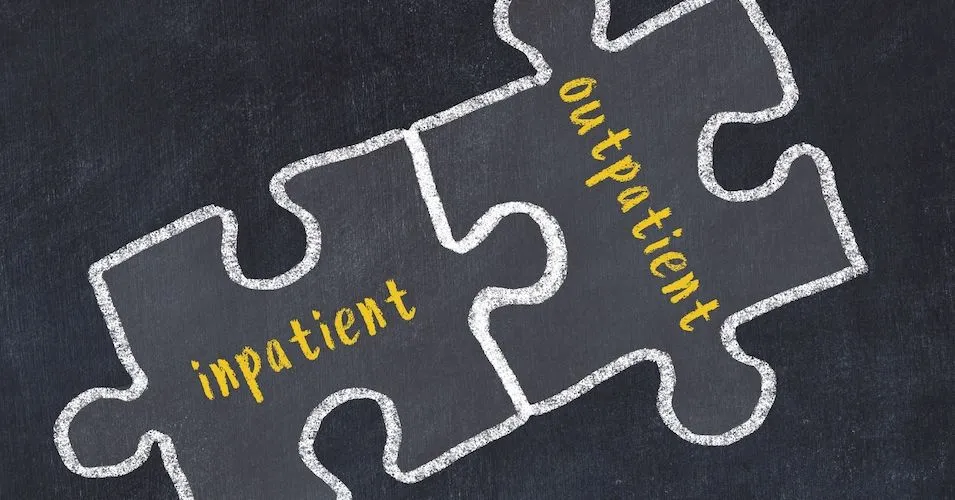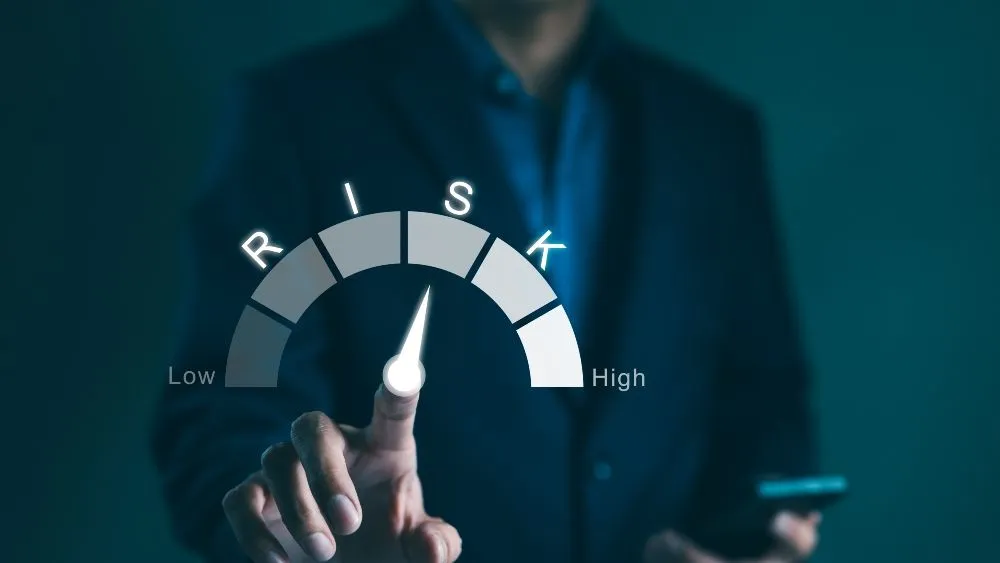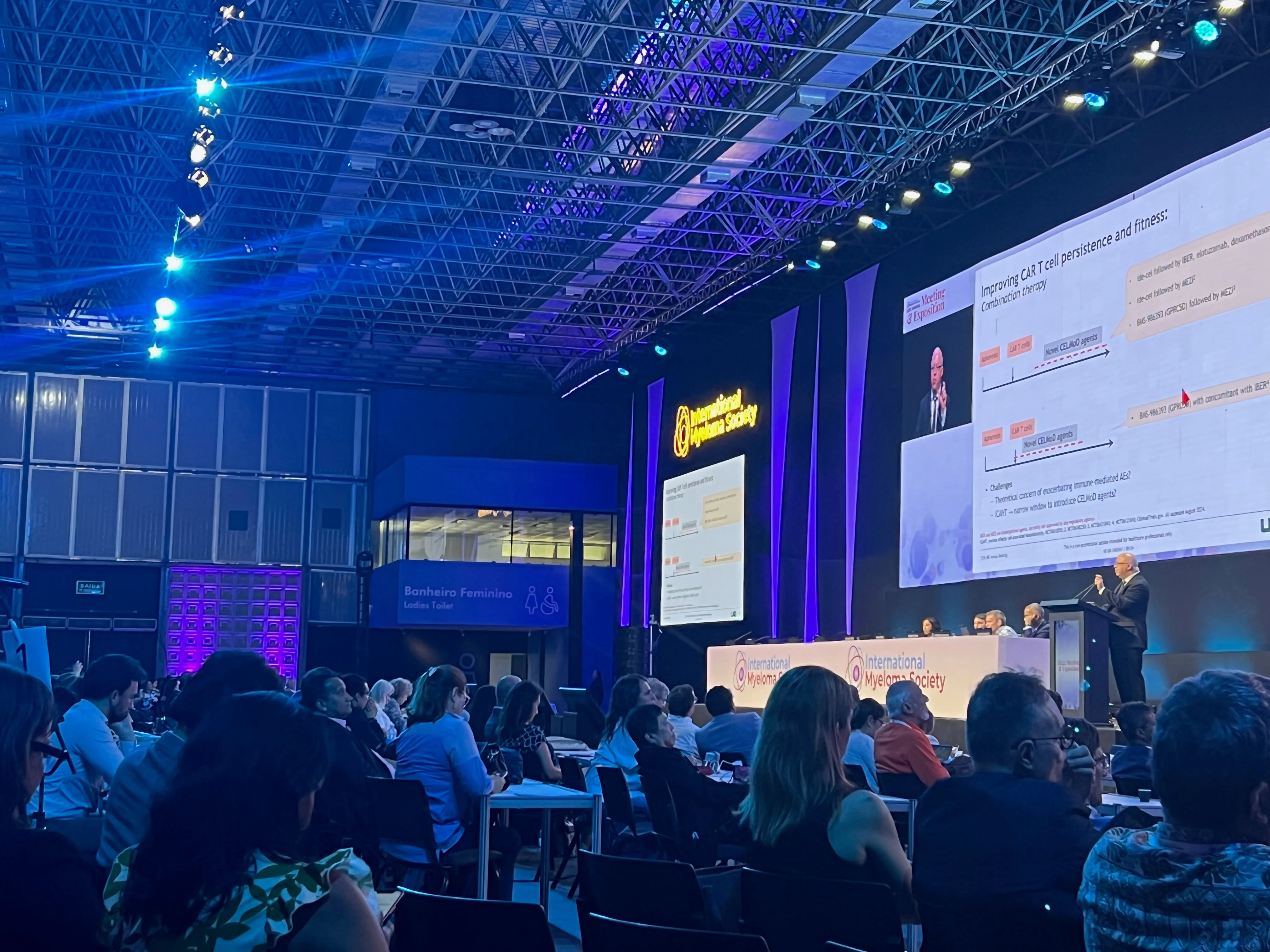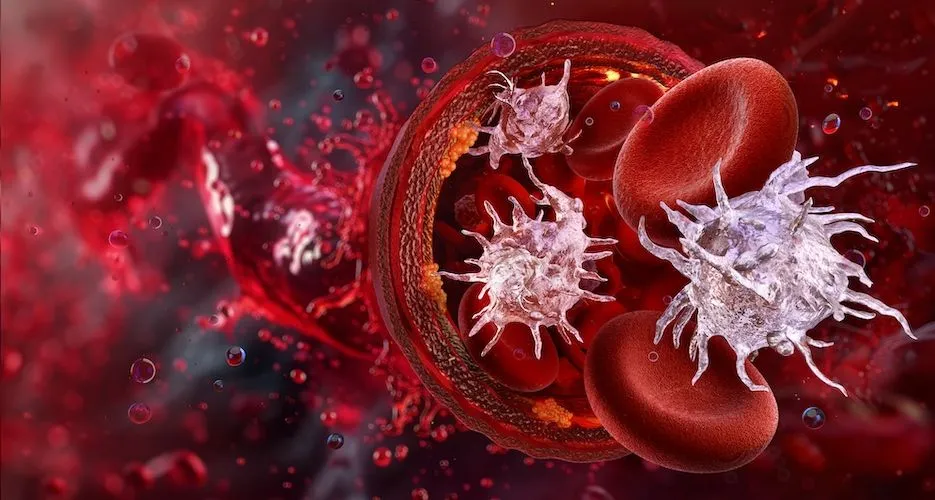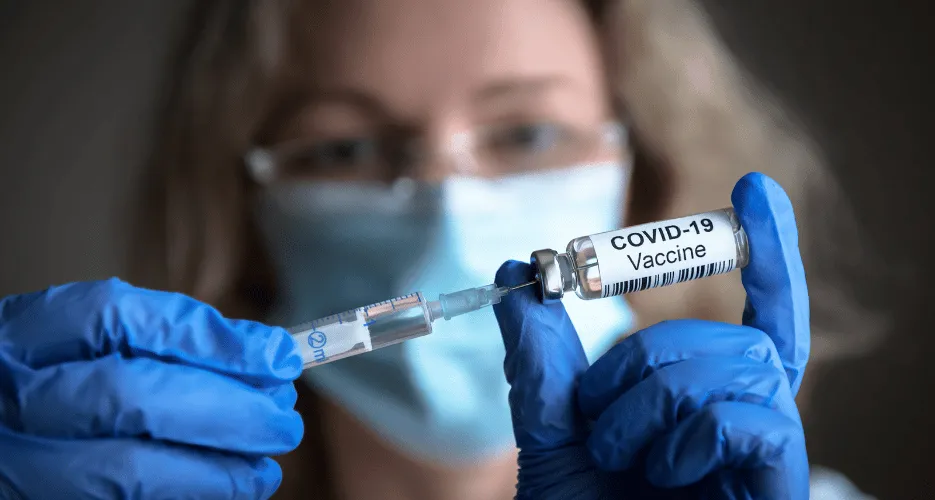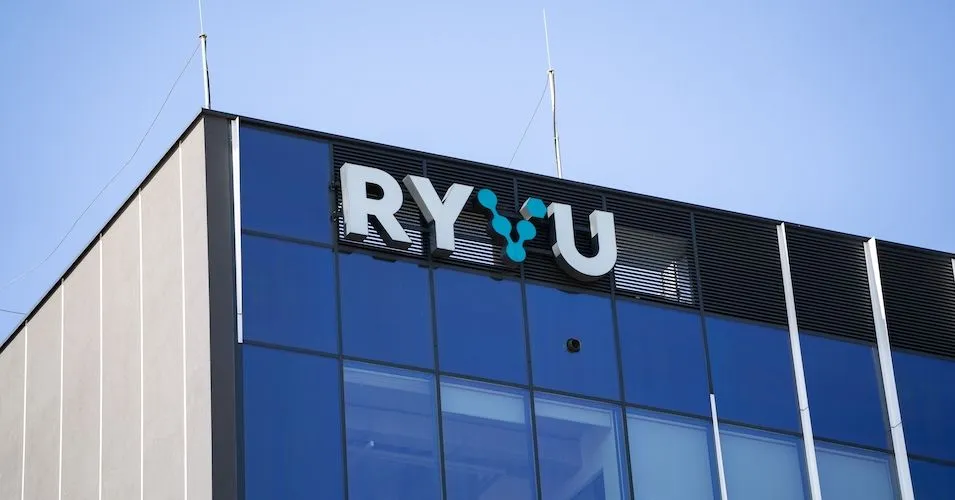IMS 2024: New Strategies Using Immunotherapies in Myeloma Care
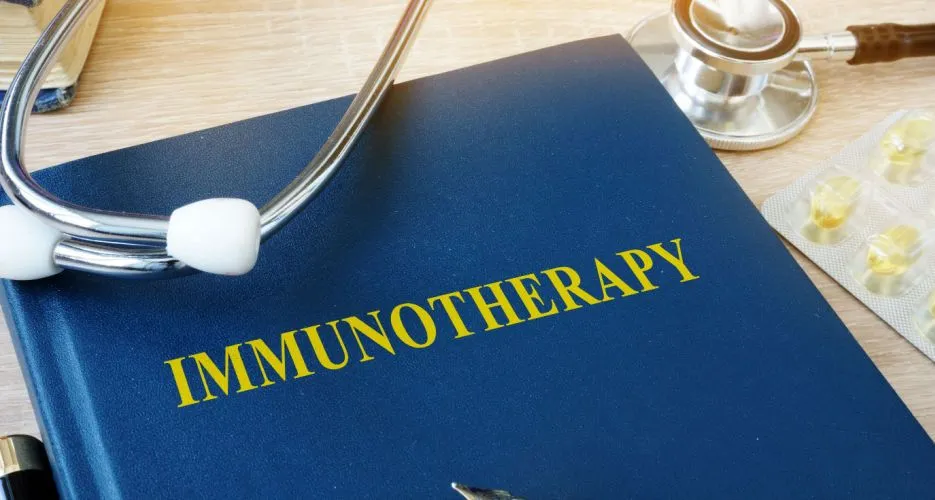
Immunotherapy continues to be an expanding field in myeloma care with an overwhelming amount of development happening in the space, according to several experts at the International Myeloma Society (IMS) meeting hosted last week in Rio de Janeiro, Brazil.
During the conference, Ajai Chari, MD, from the University of California at San Francisco (UCSF), reviewed the vast number of ongoing and upcoming products for CAR T and bispecific antibodies that aim to extend remissions for myeloma patients.
Expanding CAR T Strategies
The expansion of CAR T-cell therapies across various companies and centers is impressive and promising.
Key developments include:
-
Further CAR T advancements targeting BCMA (a protein on myeloma cells) with new delivery methods, such as Kite Pharma’s anito-cel, which uses a novel d-domain binder, and Poseida’s non-viral CAR T technology.
-
Human-based BCMA CAR T products replacing animal-based methods, including zervo-cel from CARsgen and a Chinese eque-cel CAR T.
-
Targeting new antigens with CAR T therapies, such as those aimed at GPRC5D from Oricell and Bristol Myers Squibb.
-
Natural killer (NK) cell CAR therapies being developed as an alternative to T cells, like MD Anderson’s CD70-targeting NK cell CAR therapy.
-
Academic center-developed CAR Ts to address long wait times for commercial products.
-
Off-the-shelf allogeneic CAR T therapies, including Allogene’s allo-715 and Poseida’s PBCMA Allo1, which would be available from donors.
-
Dual-antigen targeting CAR T therapies, such as AstraZeneca’s BCMA/CD19 CAR T and the Chinese Affiliated Hospital of Xuzhou Medical University’s BCMA/GPRC5D CAR T.
-
Maintenance therapy following CAR T treatment, using drugs like lenalidomide or pomalidomide.
-
Moving CAR T therapies into earlier lines of treatment to improve patient outcomes sooner in the myeloma treatment course.
These advances are expected to greatly enhance treatment options and outcomes for myeloma patients.
Growth in Bispecific Antibodies, NK Cell Engagers and Trispecific Antibodies
Similar advancements are being made in the field of bispecific antibodies, with several FDA-approved therapies already available, including elranatamab (Pfizer), teclistamab, and talquetamab (Johnson & Johnson).
Dr. Mohamed Mohty shares more about bispecific antibodies and their role in myeloma treatment in the video below:
Additional strategies were discussed at the IMS immunotherapy conference to extend remissions and improve treatment options They include:
-
New bispecifics targeting BCMA under development, such as linvoseltamab (Regeneron), HPN217 (Harpoon Therapeutics), and ABB-383 (AbbVie).
-
Targeting new antigens with bispecific antibodies, including forimtamig (Genentech), which targets GPRC5D, and cevostamab (Genentech), which targets FcRH5.
-
Natural killer (NK) cells as immune engagers, which are being explored as an alternative to T cells, including Cytovia Therapeutics’ P842 and Innate Pharma’s ANKET NK cell engager targeting CD16.
-
Trispecific antibodies, such as one in development from Johnson & Johnson, which targets BCMA, GPRC5D, and CD3 simultaneously.
-
Combining bispecifics, such as teclistamab and talquetamab, which has shown promise in treating extramedullary disease in a current clinical trial.
-
Bispecific and drug combinations, including teclistamab with daratumumab or elranatamab with daratumumab. These combinations have demonstrated higher efficacy, though they also carry a higher risk of low blood counts. Cevostamab, which has shown limited activity on its own, achieved a 100% overall response rate when combined with pomalidomide and dexamethasone in a small trial of eight patients.
These evolving approaches reflect the continuous innovation in bispecific antibody therapies, offering new hope for improving treatment outcomes in myeloma patients.
How to Choose Immunotherapies
A common question from patients and physicians is how to choose the right immunotherapy given the growing number of available options.
In the video below, Dr. Suzanne Lentzsch discusses how individual patient circumstances can impact the selection of the most appropriate immunotherapy.
During the IMS conference session on immunotherapy, Dr. Paula Rodriguez-Otero from the University of Navarra, Spain, highlighted several key factors to consider when selecting the best immunotherapy for patients:
-
Immediate availability: The best treatment is the one that is accessible to you right now.
-
Patient health: Other health conditions, such as heart, kidney, or infection risks, can influence the choice of treatment.
-
Previous BCMA therapy: Patients who have already undergone BCMA-targeted therapy may opt for a different treatment that targets another antigen.
-
Safety and side effects: Both CAR T-cell therapy and bispecific antibodies carry risks, including cytokine release syndrome, neurological toxicities, infections, and taste changes, which should be factored into the decision.
-
Logistical considerations: Treatment logistics, such as the need for a care partner or distance from a treatment center, can play a role in selecting a therapy.
-
Disease aggressiveness: More aggressive myeloma may require bridging therapy, making bispecific antibodies a more favorable option over CAR T-cell therapy.
-
Future treatment impacts: The chosen therapy may affect options for future treatments, so long-term planning is essential.
By considering these factors, patients and physicians can make informed decisions that best align with the patient's health needs and logistical circumstances.
Sequencing Immunotherapies
Paola Neri, MD, PhD, from the Arnie Charbonneau Cancer Institute in Canada, shared insights on immunotherapy sequencing in multiple myeloma. Key takeaways from her presentation include:
-
Using ide-cel CAR T after prior BCMA therapy was found to be less effective, making it a less ideal option.
-
Bispecific antibodies following BCMA CAR T therapy or an antibody-drug conjugate still showed promise, with patients achieving an approximate 50% overall response rate.
-
Combining bispecific antibodies with other myeloma therapies, such as daratumumab or isatuximab alongside an immunomodulator like pomalidomide, produced better outcomes.
These insights highlight the importance of carefully sequencing immunotherapies and considering combination approaches to maximize patient response rates.
Factors that Affect Outcomes
Nikhil Munshi, MD, from Dana Farber Cancer Institute, discussed several key challenges that impact patient outcomes when using immunotherapies for multiple myeloma:
-
Target loss: Myeloma cells can lose surface targets such as BCMA or GPRC5D, making them harder to target with immunotherapy.
-
CAR T-cell persistence: CAR T cells may stop persisting or functioning over time.
-
Difficulty reaching the disease site: CAR T cells may struggle to reach the right location, especially in patients with extramedullary disease.
-
Bone marrow microenvironment: The myeloma may be shielded by the patient’s bone marrow microenvironment, reducing the therapy’s effectiveness.
-
High BCMA levels: Patients with high levels of BCMA at the start of treatment tend to have worse outcomes.
-
Immune system fitness: The overall health and fitness of the patient’s immune system can significantly impact treatment response.
-
T-cell exhaustion: T cells can become exhausted, particularly if they are continuously engaged in fighting myeloma or other chronic diseases.
-
Types of T cells: The specific types involved can affect the response to immunotherapy.
-
Accessibility and cost: Access to these treatments and their cost can be significant barriers for patients.
These factors underline the complexities of immunotherapy and the need for ongoing research to optimize patient outcomes and address these challenges.
The Future of Immunotherapy for Multiple Myeloma
The world of immunotherapy has significantly raised the bar for treatment expectations in multiple myeloma. In the past, new drugs were often approved with single-agent overall response rates of 20-35%, but immunotherapies are now achieving response rates between 60-100%, which is extraordinary.
In lymphomas, up to 50% of patients can be cured with CAR T therapy, but myeloma hasn't yet seen that level of success. Ongoing efforts are focused on extending survival and improving the quality of life for myeloma patients through a variety of strategies shared by experts, including:
-
Combining immunotherapies with immunomodulators, CELMoDs, and other inhibitors to enhance effectiveness.
-
Treatment breaks to allow T cells time to recover their function.
-
Biweekly administration of bispecific antibodies to support T cell health and function.
-
Finding new targets inside myeloma cells, beyond surface proteins, to broaden the scope of immunotherapy.
-
Faster CAR T production to reduce the time patients wait for treatment.
-
Sneak attack approaches, which guide CAR T cells along a roundabout route to better reach myeloma cells.
-
Small molecule-activated receptors that act like on/off switches for CAR T cells.
-
CAR enhancer molecules that selectively improve CAR T cell memory and function, a strategy currently being tested in mouse models.
-
Using bispecifics after CAR T therapy to continue targeting myeloma cells.
-
"Total therapy" approach: starting with a four-drug combination as induction therapy, followed by CAR T, and alternating bispecifics (targeting BCMA and GPRC5D) as maintenance therapy.
-
Developing CAR Ts locally in the clinic to reduce both costs and wait times for patients.
These innovative approaches aim to make immunotherapies more effective, accessible, and tailored to patient needs, paving the way for better long-term outcomes in multiple myeloma.
Continue learning about immunotherapy in myeloma treatment by watching our free HealthTree University course, taught by myeloma specialists.
Immunotherapy continues to be an expanding field in myeloma care with an overwhelming amount of development happening in the space, according to several experts at the International Myeloma Society (IMS) meeting hosted last week in Rio de Janeiro, Brazil.
During the conference, Ajai Chari, MD, from the University of California at San Francisco (UCSF), reviewed the vast number of ongoing and upcoming products for CAR T and bispecific antibodies that aim to extend remissions for myeloma patients.
Expanding CAR T Strategies
The expansion of CAR T-cell therapies across various companies and centers is impressive and promising.
Key developments include:
-
Further CAR T advancements targeting BCMA (a protein on myeloma cells) with new delivery methods, such as Kite Pharma’s anito-cel, which uses a novel d-domain binder, and Poseida’s non-viral CAR T technology.
-
Human-based BCMA CAR T products replacing animal-based methods, including zervo-cel from CARsgen and a Chinese eque-cel CAR T.
-
Targeting new antigens with CAR T therapies, such as those aimed at GPRC5D from Oricell and Bristol Myers Squibb.
-
Natural killer (NK) cell CAR therapies being developed as an alternative to T cells, like MD Anderson’s CD70-targeting NK cell CAR therapy.
-
Academic center-developed CAR Ts to address long wait times for commercial products.
-
Off-the-shelf allogeneic CAR T therapies, including Allogene’s allo-715 and Poseida’s PBCMA Allo1, which would be available from donors.
-
Dual-antigen targeting CAR T therapies, such as AstraZeneca’s BCMA/CD19 CAR T and the Chinese Affiliated Hospital of Xuzhou Medical University’s BCMA/GPRC5D CAR T.
-
Maintenance therapy following CAR T treatment, using drugs like lenalidomide or pomalidomide.
-
Moving CAR T therapies into earlier lines of treatment to improve patient outcomes sooner in the myeloma treatment course.
These advances are expected to greatly enhance treatment options and outcomes for myeloma patients.
Growth in Bispecific Antibodies, NK Cell Engagers and Trispecific Antibodies
Similar advancements are being made in the field of bispecific antibodies, with several FDA-approved therapies already available, including elranatamab (Pfizer), teclistamab, and talquetamab (Johnson & Johnson).
Dr. Mohamed Mohty shares more about bispecific antibodies and their role in myeloma treatment in the video below:
Additional strategies were discussed at the IMS immunotherapy conference to extend remissions and improve treatment options They include:
-
New bispecifics targeting BCMA under development, such as linvoseltamab (Regeneron), HPN217 (Harpoon Therapeutics), and ABB-383 (AbbVie).
-
Targeting new antigens with bispecific antibodies, including forimtamig (Genentech), which targets GPRC5D, and cevostamab (Genentech), which targets FcRH5.
-
Natural killer (NK) cells as immune engagers, which are being explored as an alternative to T cells, including Cytovia Therapeutics’ P842 and Innate Pharma’s ANKET NK cell engager targeting CD16.
-
Trispecific antibodies, such as one in development from Johnson & Johnson, which targets BCMA, GPRC5D, and CD3 simultaneously.
-
Combining bispecifics, such as teclistamab and talquetamab, which has shown promise in treating extramedullary disease in a current clinical trial.
-
Bispecific and drug combinations, including teclistamab with daratumumab or elranatamab with daratumumab. These combinations have demonstrated higher efficacy, though they also carry a higher risk of low blood counts. Cevostamab, which has shown limited activity on its own, achieved a 100% overall response rate when combined with pomalidomide and dexamethasone in a small trial of eight patients.
These evolving approaches reflect the continuous innovation in bispecific antibody therapies, offering new hope for improving treatment outcomes in myeloma patients.
How to Choose Immunotherapies
A common question from patients and physicians is how to choose the right immunotherapy given the growing number of available options.
In the video below, Dr. Suzanne Lentzsch discusses how individual patient circumstances can impact the selection of the most appropriate immunotherapy.
During the IMS conference session on immunotherapy, Dr. Paula Rodriguez-Otero from the University of Navarra, Spain, highlighted several key factors to consider when selecting the best immunotherapy for patients:
-
Immediate availability: The best treatment is the one that is accessible to you right now.
-
Patient health: Other health conditions, such as heart, kidney, or infection risks, can influence the choice of treatment.
-
Previous BCMA therapy: Patients who have already undergone BCMA-targeted therapy may opt for a different treatment that targets another antigen.
-
Safety and side effects: Both CAR T-cell therapy and bispecific antibodies carry risks, including cytokine release syndrome, neurological toxicities, infections, and taste changes, which should be factored into the decision.
-
Logistical considerations: Treatment logistics, such as the need for a care partner or distance from a treatment center, can play a role in selecting a therapy.
-
Disease aggressiveness: More aggressive myeloma may require bridging therapy, making bispecific antibodies a more favorable option over CAR T-cell therapy.
-
Future treatment impacts: The chosen therapy may affect options for future treatments, so long-term planning is essential.
By considering these factors, patients and physicians can make informed decisions that best align with the patient's health needs and logistical circumstances.
Sequencing Immunotherapies
Paola Neri, MD, PhD, from the Arnie Charbonneau Cancer Institute in Canada, shared insights on immunotherapy sequencing in multiple myeloma. Key takeaways from her presentation include:
-
Using ide-cel CAR T after prior BCMA therapy was found to be less effective, making it a less ideal option.
-
Bispecific antibodies following BCMA CAR T therapy or an antibody-drug conjugate still showed promise, with patients achieving an approximate 50% overall response rate.
-
Combining bispecific antibodies with other myeloma therapies, such as daratumumab or isatuximab alongside an immunomodulator like pomalidomide, produced better outcomes.
These insights highlight the importance of carefully sequencing immunotherapies and considering combination approaches to maximize patient response rates.
Factors that Affect Outcomes
Nikhil Munshi, MD, from Dana Farber Cancer Institute, discussed several key challenges that impact patient outcomes when using immunotherapies for multiple myeloma:
-
Target loss: Myeloma cells can lose surface targets such as BCMA or GPRC5D, making them harder to target with immunotherapy.
-
CAR T-cell persistence: CAR T cells may stop persisting or functioning over time.
-
Difficulty reaching the disease site: CAR T cells may struggle to reach the right location, especially in patients with extramedullary disease.
-
Bone marrow microenvironment: The myeloma may be shielded by the patient’s bone marrow microenvironment, reducing the therapy’s effectiveness.
-
High BCMA levels: Patients with high levels of BCMA at the start of treatment tend to have worse outcomes.
-
Immune system fitness: The overall health and fitness of the patient’s immune system can significantly impact treatment response.
-
T-cell exhaustion: T cells can become exhausted, particularly if they are continuously engaged in fighting myeloma or other chronic diseases.
-
Types of T cells: The specific types involved can affect the response to immunotherapy.
-
Accessibility and cost: Access to these treatments and their cost can be significant barriers for patients.
These factors underline the complexities of immunotherapy and the need for ongoing research to optimize patient outcomes and address these challenges.
The Future of Immunotherapy for Multiple Myeloma
The world of immunotherapy has significantly raised the bar for treatment expectations in multiple myeloma. In the past, new drugs were often approved with single-agent overall response rates of 20-35%, but immunotherapies are now achieving response rates between 60-100%, which is extraordinary.
In lymphomas, up to 50% of patients can be cured with CAR T therapy, but myeloma hasn't yet seen that level of success. Ongoing efforts are focused on extending survival and improving the quality of life for myeloma patients through a variety of strategies shared by experts, including:
-
Combining immunotherapies with immunomodulators, CELMoDs, and other inhibitors to enhance effectiveness.
-
Treatment breaks to allow T cells time to recover their function.
-
Biweekly administration of bispecific antibodies to support T cell health and function.
-
Finding new targets inside myeloma cells, beyond surface proteins, to broaden the scope of immunotherapy.
-
Faster CAR T production to reduce the time patients wait for treatment.
-
Sneak attack approaches, which guide CAR T cells along a roundabout route to better reach myeloma cells.
-
Small molecule-activated receptors that act like on/off switches for CAR T cells.
-
CAR enhancer molecules that selectively improve CAR T cell memory and function, a strategy currently being tested in mouse models.
-
Using bispecifics after CAR T therapy to continue targeting myeloma cells.
-
"Total therapy" approach: starting with a four-drug combination as induction therapy, followed by CAR T, and alternating bispecifics (targeting BCMA and GPRC5D) as maintenance therapy.
-
Developing CAR Ts locally in the clinic to reduce both costs and wait times for patients.
These innovative approaches aim to make immunotherapies more effective, accessible, and tailored to patient needs, paving the way for better long-term outcomes in multiple myeloma.
Continue learning about immunotherapy in myeloma treatment by watching our free HealthTree University course, taught by myeloma specialists.
about the author
Jennifer Ahlstrom
Myeloma survivor, patient advocate, wife, mom of 6. Believer that patients can contribute to cures by joining HealthTree Cure Hub and joining clinical research. Founder and CEO of HealthTree Foundation.
More on Conferences
Trending Articles
Get the latest thought leadership on your Blood Cancer delivered straight to your inbox
Subscribe to the weekly newsletter for news, stories, clinical trial updates, and helpful resources and events with cancer experts.
Thanks to our HealthTree Community for Blood Cancer Sponsors:







